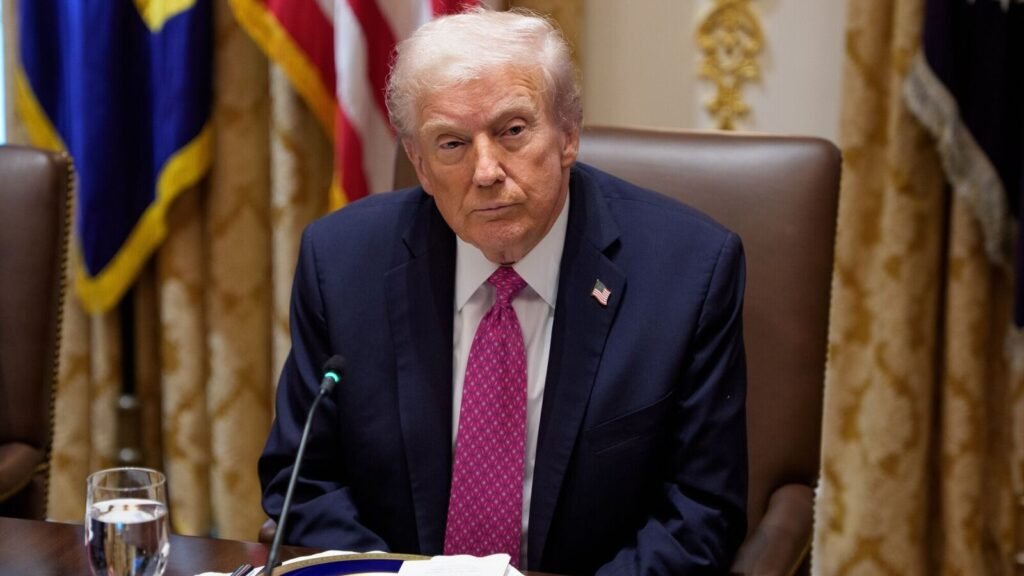The Trump administration on Friday announced a major policy shift, saying it will cancel student debt for millions of borrowers under federal loan forgiveness plans — reopening a pathway that the government had previously blocked.
This shift comes as part of an agreement with the American Federation of Teachers (AFT), under which the White House will start processing student loan forgiveness for eligible borrowers, New York Post reported.
Who are eligible to reap the benefits?
Borrowers enrolled in two specific income-driven repayment plans, Income-Contingent Repayment and Pay as You Earn, can receive student loan forgiveness under the new policy.
These programmes calculate monthly payments based on a borrower’s salary, and typically cancel any remaining debt after 20 or 25 years.
The administration had earlier paused student loan forgiveness under these income-driven repayment plans, citing a court order that affected the Saving on a Valuable Education (SAVE) plan.
President Trump’s “Big, Beautiful Bill” is set to phase out the two programmes by 1 July, 2028, with over 2.5 million enrollees in these two plans combined, a higher ed expert told New York Post.
Tax implications addressed
A key aspect of the Friday’s agreement in the AFT v. US Department of Education case is that borrowers who become eligible for student loan forgiveness this year will not owe federal taxes on the relief, the Trump administration said.
“This is a tremendous win for borrowers. With today’s filing, borrowers can rest a little easier,” said Winston Berkman-Breen, legal director for Protect Borrowers, which acted as counsel for the teachers’ union.
Background of the dispute
The agreement resolves an issue stemming from a lawsuit filed in March by the AFT – which represents about 1.8 million union members. The union accused Trump officials of blocking federal student loan holders from accessing programmes that were in active when they initially borrowed.
Trump’s Education Department, led by Linda McMahon justified blocking these programmes, citing a court order that had paused the Biden-era Saving on a Valuable Education plan, or SAVE plan, which is another income-driven repayment programme.
This temporary block left borrowers with just one repayment plan option, which is Income-Based Repayment plan, or IBR for loan cancellation.
As Trump’s signature tax and spending legislation took shape over the summer, consumer advocates warned about the potential damage to borrowers. Limiting repayment options – including the planned end of SAVE – could drastically increase monthly student loan payments for a typical borrower by hundreds of dollars, based on an analysis from research nonprofit Student Borrower Protection Center.




